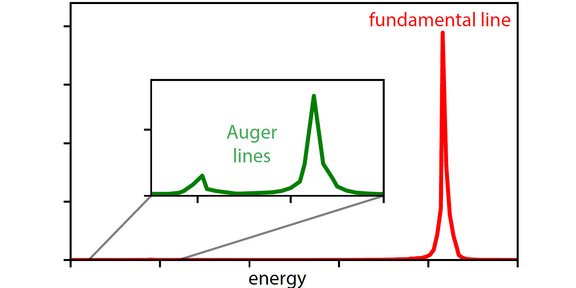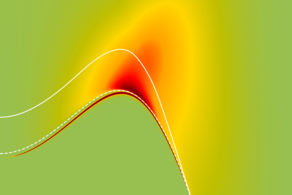Understanding the radiative Auger process in quantum dots
- Reiter

In the Auger process in atoms the scattering of two electrons, results in the emission of an electron, while the second electron scatters to an inner shell. Auger scattering exists also in semiconductors. Recently, the radiative Auger process was found in semiconductor quantum dots. In the radiative Auger processes one electron is scattered to a higher shell, while the other electron contributes to the emission of a photon, which has a reduced energy. In the spectrum, the radiative Auger process leads to the appearance of additional lines below the fundamental transition as measured by the Warburton group presented in their paper.
In this paper, we now give a theoretical explanation, why this process is possible in semiconductor quantum dots. We show that symmetry breaking is needed for the radiative Auger scattering to take place. The symmetry breaking can be achieved via alloy disorder, where either the position of the atoms is somewhat random or a Cluster of one atom sort if formed. Our results are in great agreement with the experimental data and give new insights in understanding the radiative Auger process.
The paper results from our collaboration with Theory from Pawel Machnikowski and Krzystof Gawarecki from Wroclaw University of Science and Technology and the nano-photonics group from Basel University.







